Libraries have preserved knowledge for centuries, but some of the world’s oldest ones hold surprising details that go beyond just books. From ancient manuscripts to architectural marvels, these libraries are windows into the past, offering a glimpse of the world’s rich cultural and intellectual history. Exploring their origins and unique features reveals stories that continue to inspire generations today.
The Library of Ashurbanipal – World’s Oldest Known Library
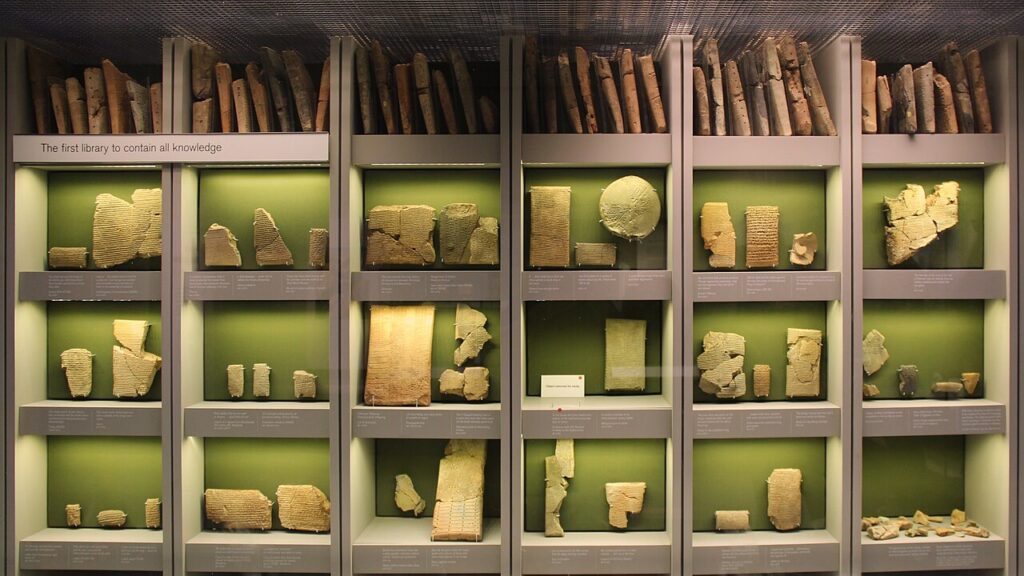
Located in ancient Nineveh, modern-day Iraq, the Library of Ashurbanipal dates back to the 7th century BCE. It is the earliest known library and housed over 30,000 clay tablets inscribed in cuneiform. This library, built by the Assyrian king Ashurbanipal, is an impressive testament to early human efforts to collect and preserve knowledge. Many of the tablets contain important texts like the Epic of Gilgamesh, and they provide invaluable insight into Mesopotamian culture.
The Library of Alexandria – The Legendary Repository of Ancient Knowledge

The Library of Alexandria, founded in Egypt around the 3rd century BCE, was one of the most famous libraries of antiquity. It was part of the larger Mouseion, a center of learning and research. Although much of the library was destroyed, its influence remains significant as it symbolized the first great effort to gather the world’s knowledge in one place. Its collection is said to have contained hundreds of thousands of scrolls, covering everything from philosophy to science.
The St. Catherine’s Monastery Library – Oldest Continuously Operating Library
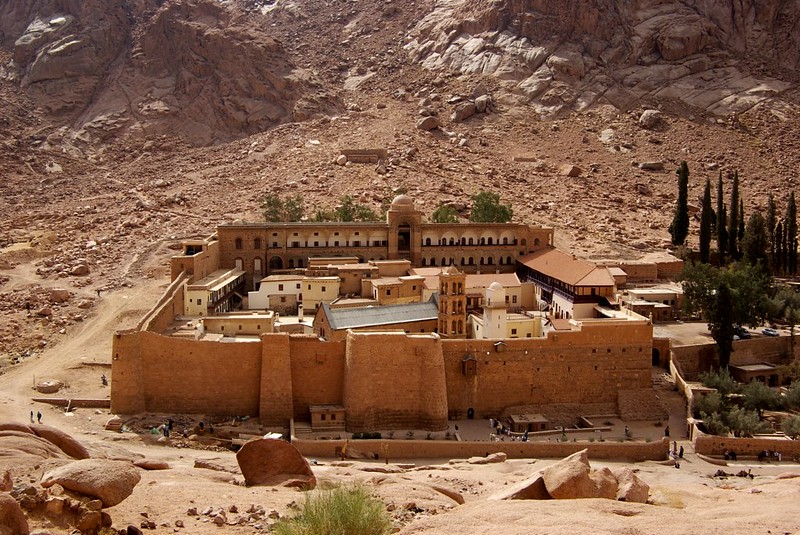
Located at the foot of Mount Sinai in Egypt, St. Catherine’s Monastery houses the world’s oldest continuously operating library, dating back to the 6th century CE. It contains a wealth of ancient manuscripts, including early Christian texts and some of the earliest copies of the Bible. This library’s endurance through centuries of change, war, and natural disaster makes it a crucial source for scholars of early Christianity and Byzantine history.
The Al-Qarawiyyin Library – Oldest University Library
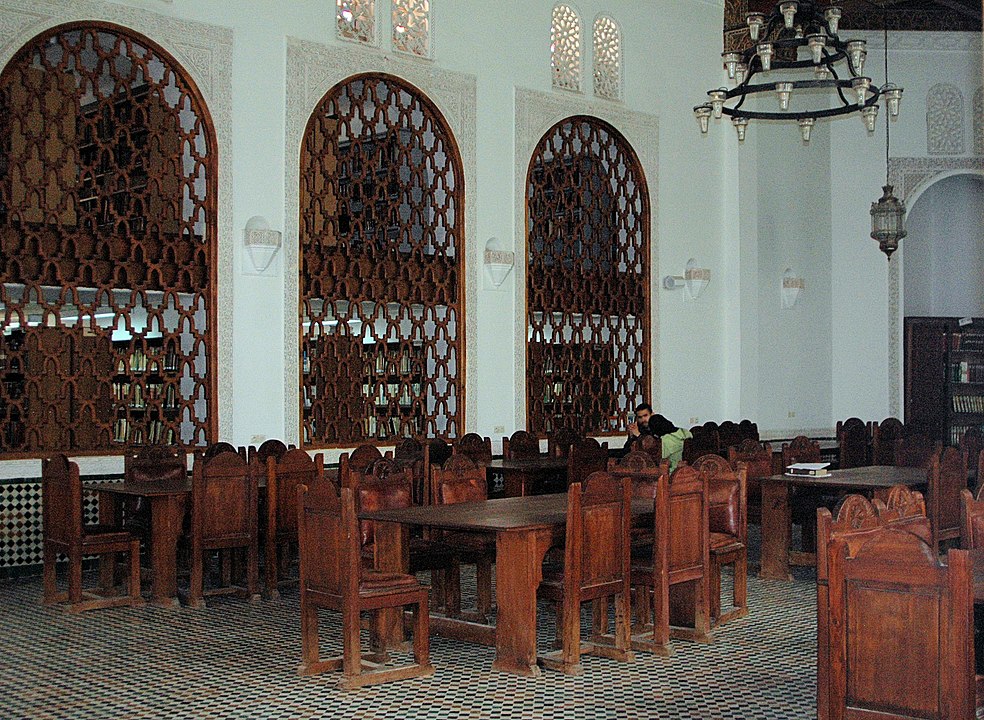
The Al-Qarawiyyin Library in Fez, Morocco, is part of the world’s oldest existing university, established in 859 CE by Fatima al-Fihri. This library is renowned not only for its age but for its extensive collection of ancient manuscripts on Islamic law, astronomy, and medicine. It underwent a major restoration in 2016, bringing its historical treasures back into the spotlight and ensuring their preservation for future generations.
The Bodleian Library – Legal Deposit Since 1610
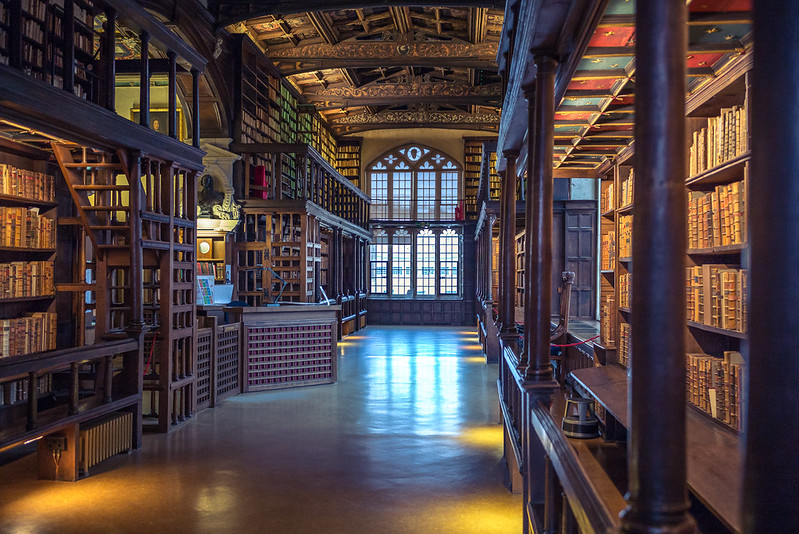
The Bodleian Library at Oxford University is one of the oldest libraries in Europe, founded in 1602. A surprising detail about this library is its status as a legal deposit library since 1610, meaning it receives a copy of every book published in the United Kingdom. Its collection now holds over 12 million items, making it one of the largest and most important research libraries in the world.
The Vatican Library – Richest Collection of Ancient Texts
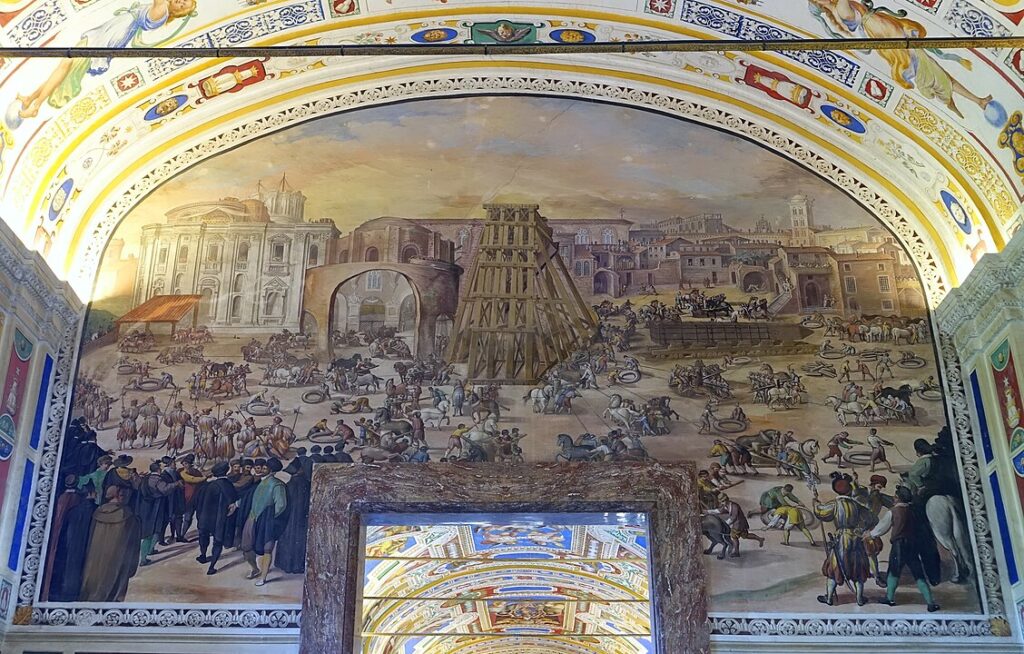
Founded in 1475, the Vatican Library holds one of the most significant collections of ancient manuscripts and books, dating back centuries. Surprisingly, the library contains not just religious texts but also works on astronomy, mathematics, and law. It houses the Codex Vaticanus, one of the oldest surviving manuscripts of the Bible, as well as other irreplaceable documents from antiquity.
The Biblioteca Palafoxiana – First Public Library in the Americas
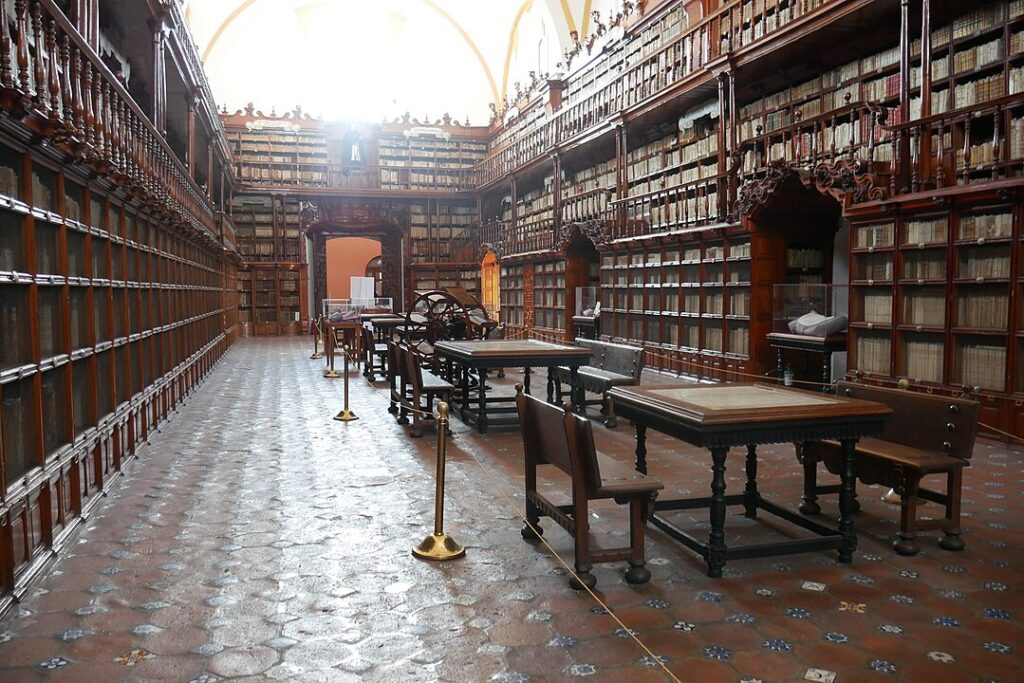
Founded in 1646 by Bishop Juan de Palafox y Mendoza in Puebla, Mexico, the Biblioteca Palafoxiana is recognized as the first public library in the Americas. It contains more than 40,000 volumes, including rare editions of European and Mexican works from the colonial period. Its stunning baroque architecture adds to its appeal, making it a cultural treasure of both Mexico and the broader Americas.
The Sorbonne Library – Center of Medieval Learning
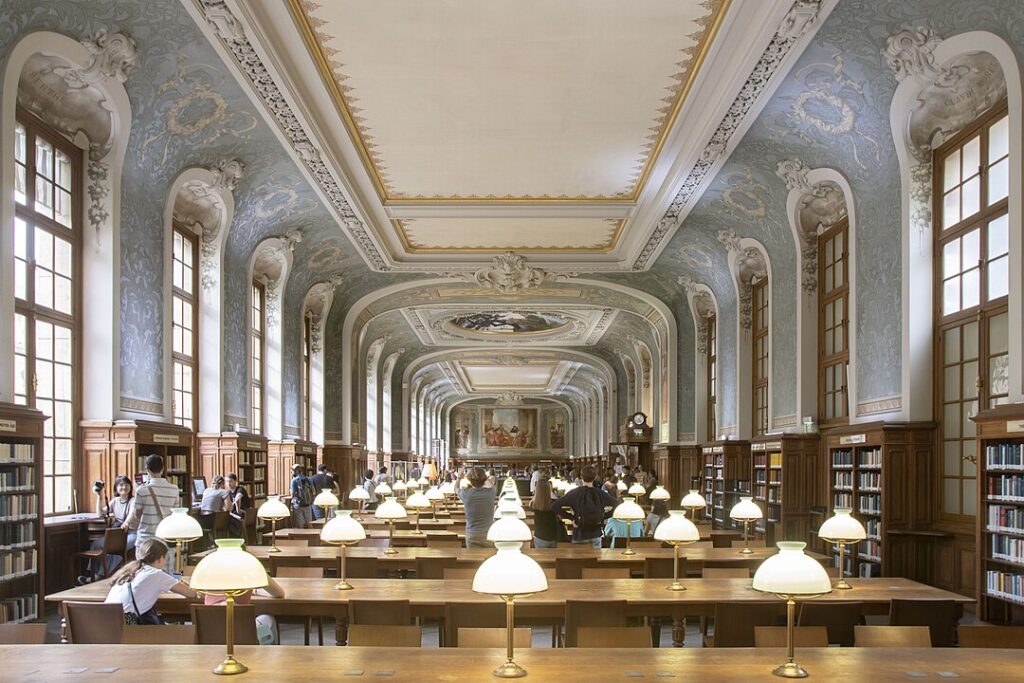
The Sorbonne Library in Paris, dating back to the 13th century, became a leading center of learning during the Middle Ages. It housed many key texts from the Renaissance period, focusing on philosophy, theology, and law. The library’s importance grew as the Sorbonne became one of the most prestigious universities in Europe.
The Timbuktu Manuscripts – A Vast Intellectual Archive
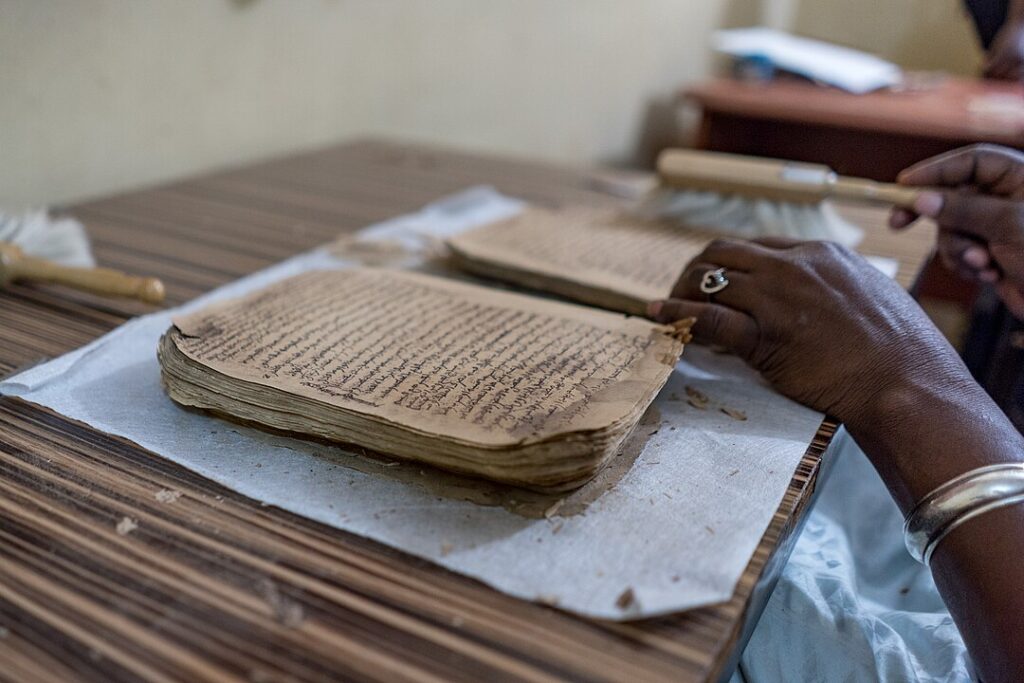
The libraries of Timbuktu, Mali, hold thousands of manuscripts that date back to the 12th century, revealing a surprising richness in intellectual history from West Africa. These manuscripts cover subjects ranging from mathematics to medicine and Islamic philosophy. The existence of such an extensive and sophisticated scholarly tradition in Africa challenges commonly held misconceptions about pre-colonial African history.
The Hereford Cathedral Library – Home of the Hereford Mappa Mundi
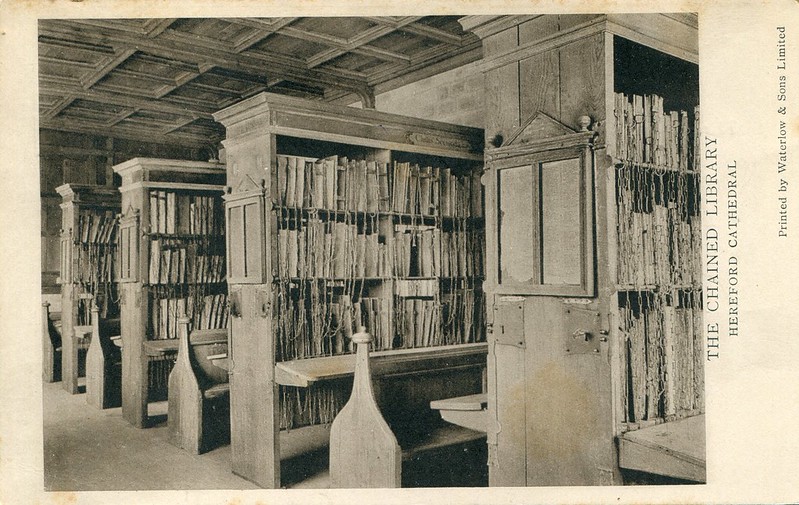
Founded in the early Middle Ages, Hereford Cathedral’s library is home to the Mappa Mundi, one of the most famous medieval maps of the world, dating back to the 13th century. The library’s collection of medieval manuscripts, including many theological works, is also an essential resource for historians studying the development of Christianity in England.
The Bibliothèque Nationale de France – One of the Largest in the World
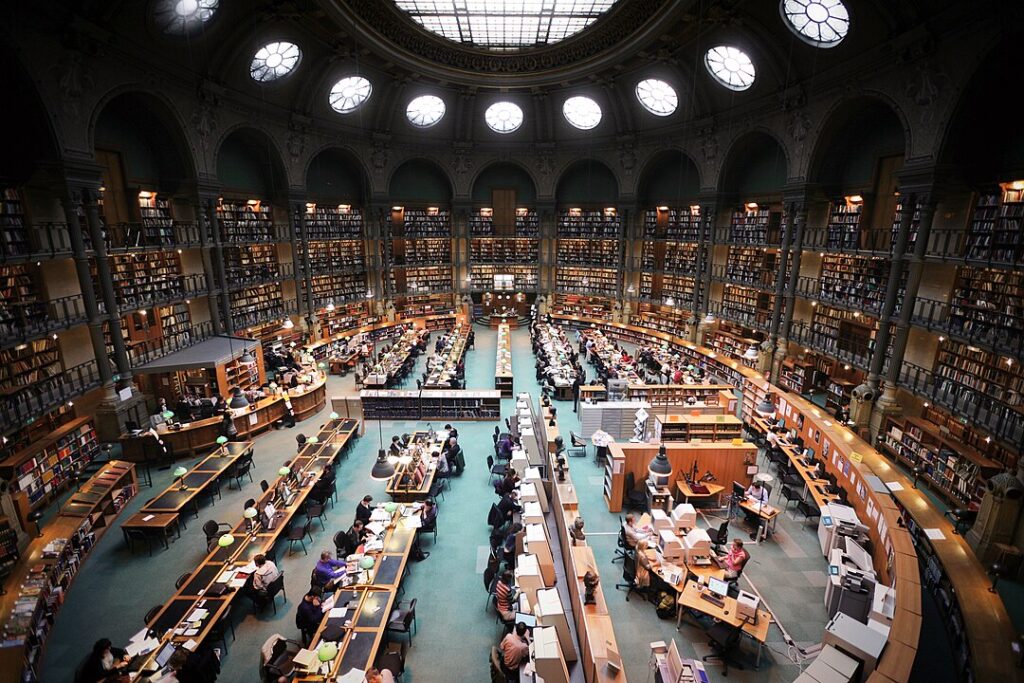
Founded in 1368 by Charles V, the Bibliothèque Nationale de France (BNF) is a monumental repository of French and world knowledge. Surprisingly, its collection of 40 million items includes not only books but also artifacts like ancient coins, medals, and drawings. The library’s massive digitization project is one of the most ambitious in the world, making a significant portion of its collection available online.
The Escorial Library – A Renaissance Masterpiece
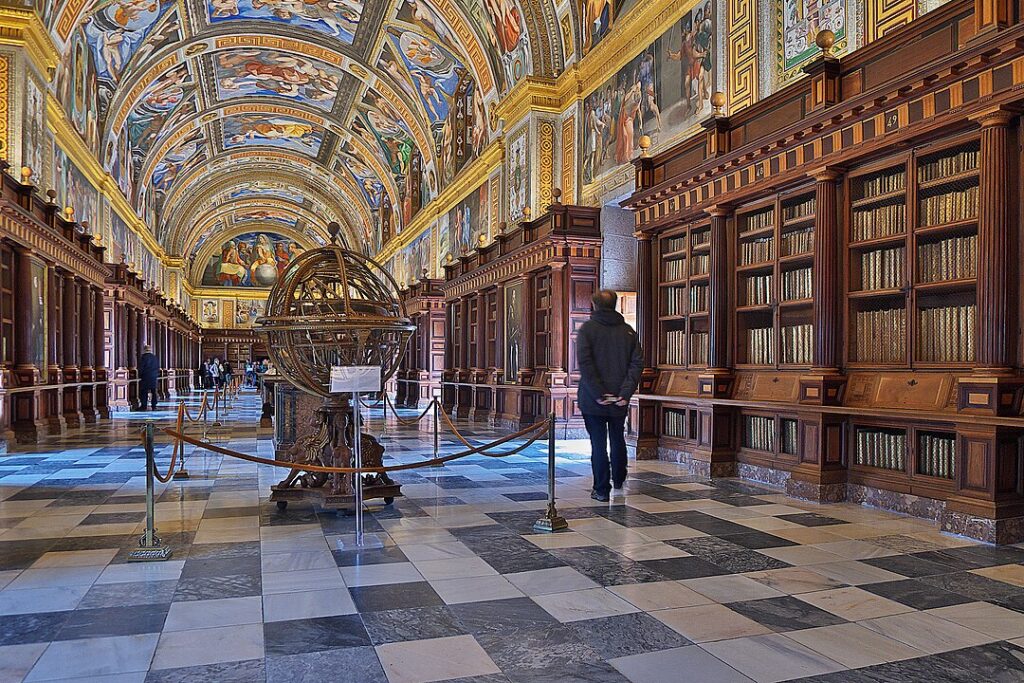
The Royal Library of San Lorenzo de El Escorial in Spain, founded in 1565, is both a functional library and a Renaissance architectural marvel. King Philip II commissioned it as part of a larger royal monastery and palace complex. The library’s frescoed ceilings and richly decorated shelves reflect the grandeur of the Spanish Empire at its peak. Its collection includes numerous manuscripts, maps, and rare books, particularly on theology and science.
The Trinity College Library – Home to the Book of Kells
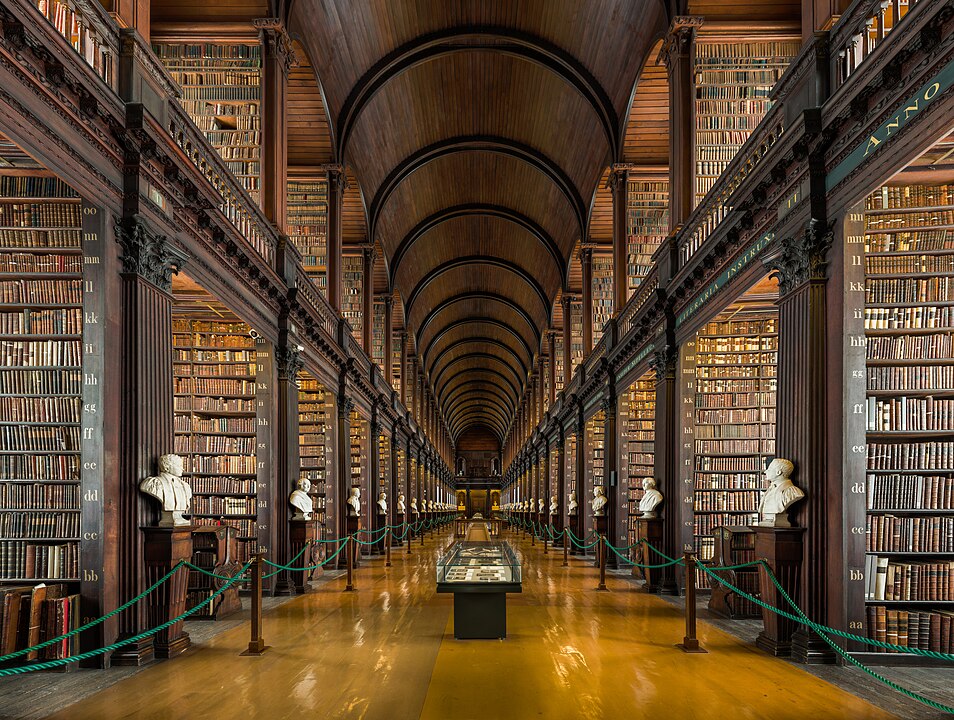
The library at Trinity College Dublin, dating back to 1592, is home to the Book of Kells, one of the most famous illuminated manuscripts in the world. Surprisingly, this ancient manuscript, believed to have been created around 800 CE, contains intricate illustrations and Latin text of the four Gospels, making it a masterpiece of medieval Christian art.
The Austrian National Library – Imperial Collection
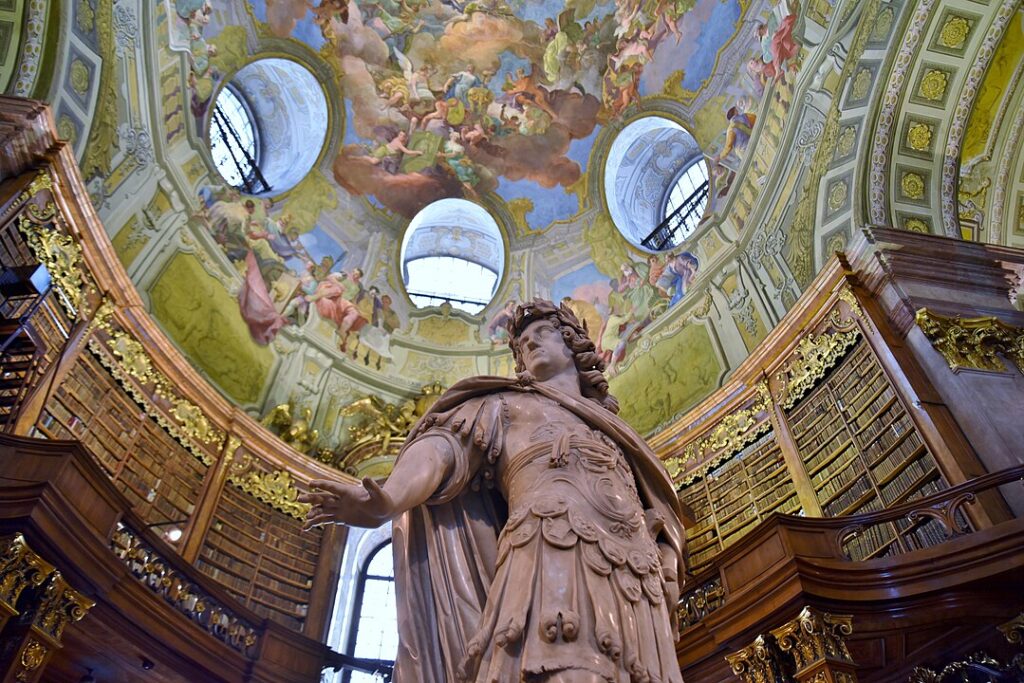
Founded in the 14th century, the Austrian National Library in Vienna was originally the personal collection of the Habsburg emperors. Its Baroque architecture is matched by its vast collection of books, maps, and manuscripts. Among its most surprising features is its globe museum, one of the largest in the world, housing antique globes that date back to the Renaissance.
The Chetham’s Library – Oldest Public Library in the English-Speaking World
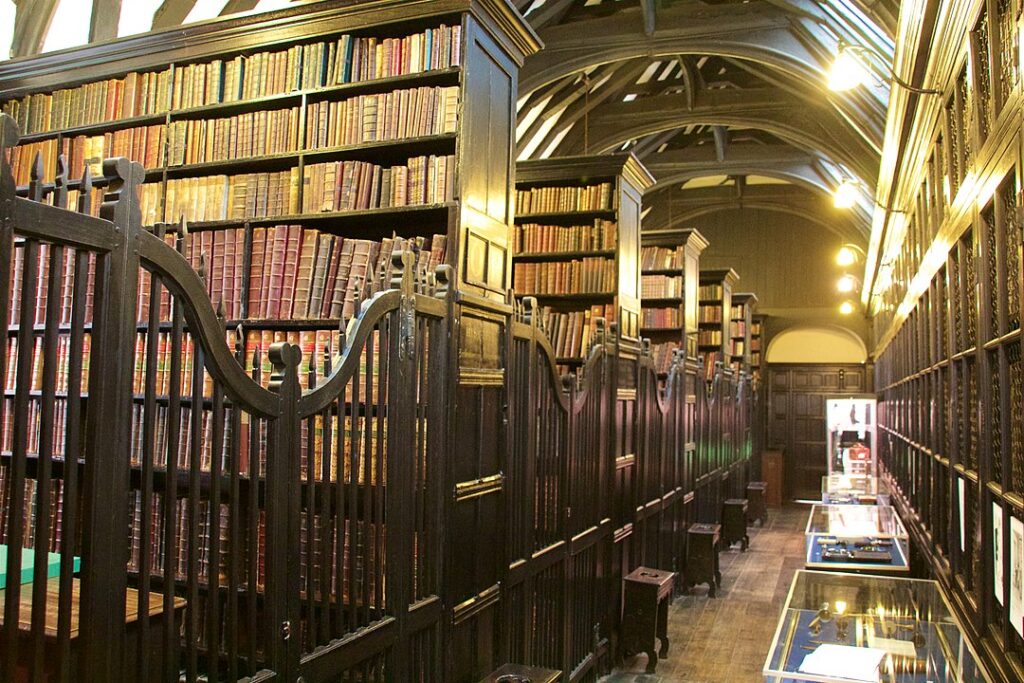
Chetham’s Library in Manchester, England, was founded in 1653 and is the oldest public library in the English-speaking world. Its rich collection of books, including many first editions, was open to the public from the start, making knowledge accessible to the broader population during a time when education was often reserved for the elite.
The Laurentian Library – Designed by Michelangelo
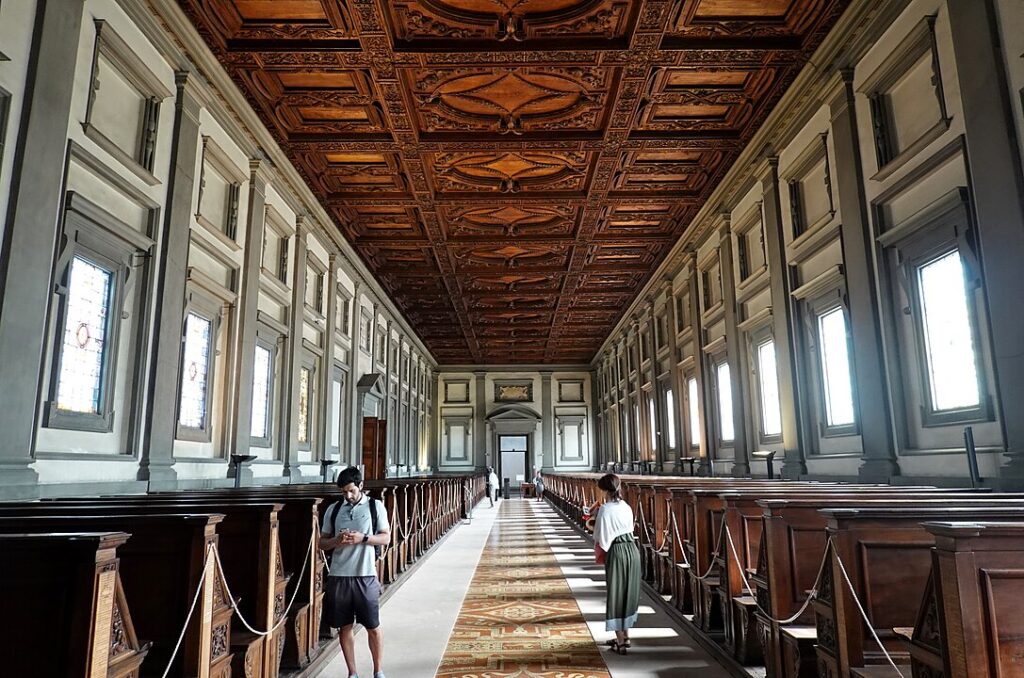
The Laurentian Library in Florence, Italy, was designed by Michelangelo in the 16th century as part of the Basilica of San Lorenzo. The library’s Renaissance architecture is a masterpiece in itself, but its collection of ancient manuscripts, including Greek and Roman texts, is equally remarkable. Michelangelo’s design of the reading room, with its innovative use of space, was ahead of its time.
The New York Public Library – One of the Largest in the U.S.
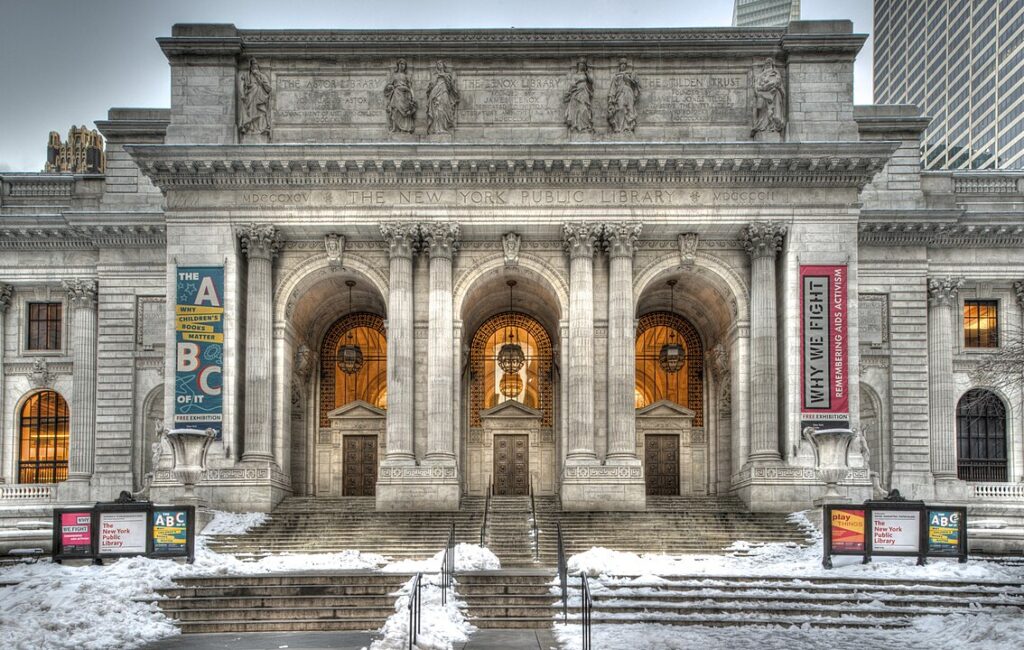
Established in 1895, the New York Public Library is one of the largest libraries in the U.S., with a collection exceeding 50 million items. What’s surprising is its blend of public accessibility and scholarly depth, with collections ranging from medieval manuscripts to modern archives. The main branch’s Beaux-Arts architecture is iconic, and its role in democratizing access to knowledge remains central to its mission.
The University of Salamanca Library – Spain’s Oldest University Library
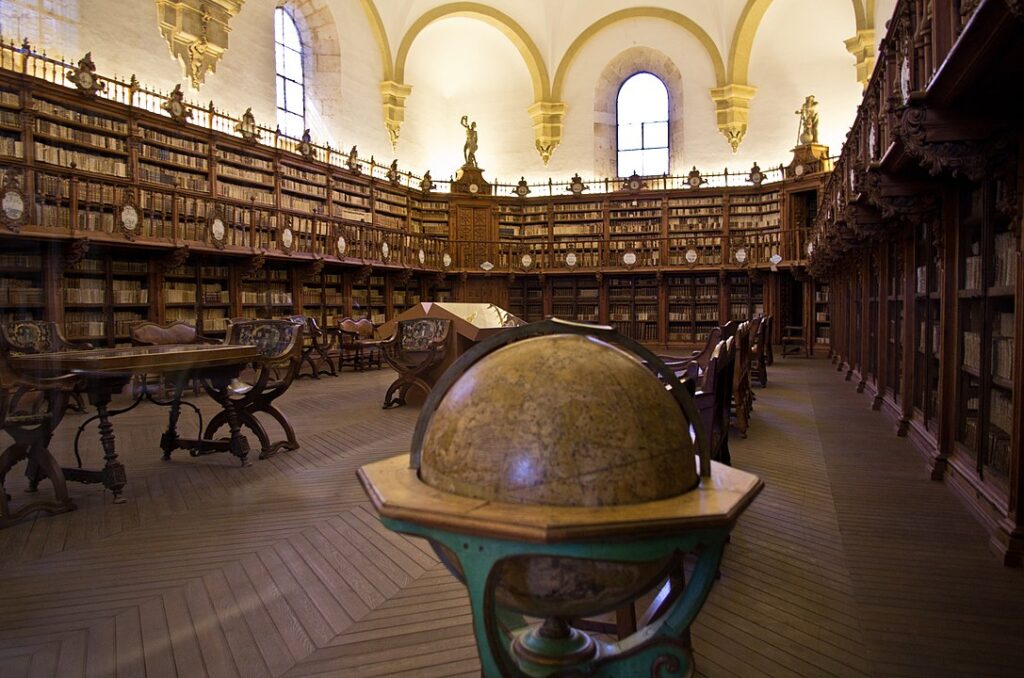
The library at the University of Salamanca, founded in 1254, is Spain’s oldest university library. Its collection includes thousands of medieval manuscripts and incunabula, many of which were created at a time when Salamanca was a leading center of European learning. The library’s Renaissance architecture is a symbol of Spain’s Golden Age of culture and scholarship.
The National Library of China – Largest Library in Asia

Established in 1909, the National Library of China is the largest in Asia, with a collection of over 37 million items. Its surprising breadth includes a vast collection of ancient Chinese texts, including Confucian classics and historical manuscripts, as well as modern books and digital resources. The library is a center for research on Chinese history and culture, housing rare artifacts like early editions of the Diamond Sutra.
The Abbey Library of St. Gall – A UNESCO World Heritage Site
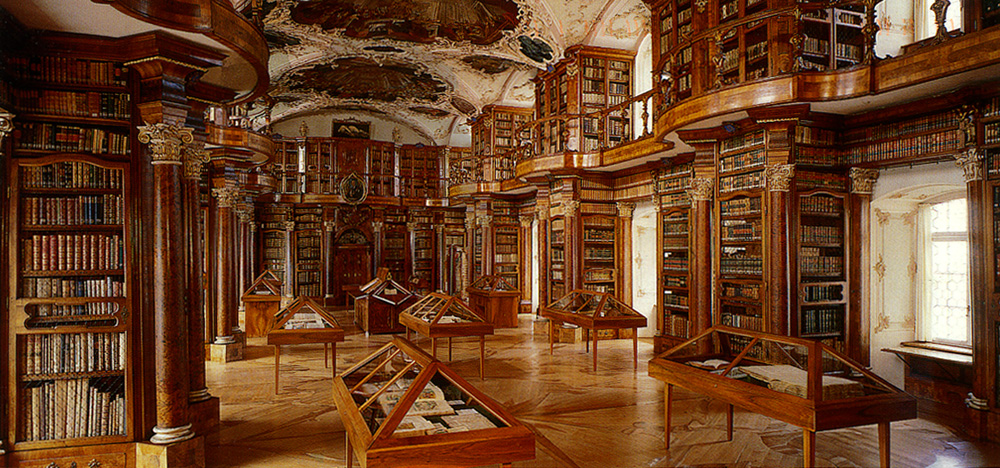
The Abbey Library of St. Gall in Switzerland, founded in the 8th century, is one of the oldest monastic libraries in Europe. Its collection includes ancient manuscripts, many of which were written by the monks of the abbey during the Carolingian Renaissance. The library’s stunning Baroque architecture and richly decorated reading room make it a UNESCO World Heritage Site.
The Russian State Library – Second-Largest Library in the World
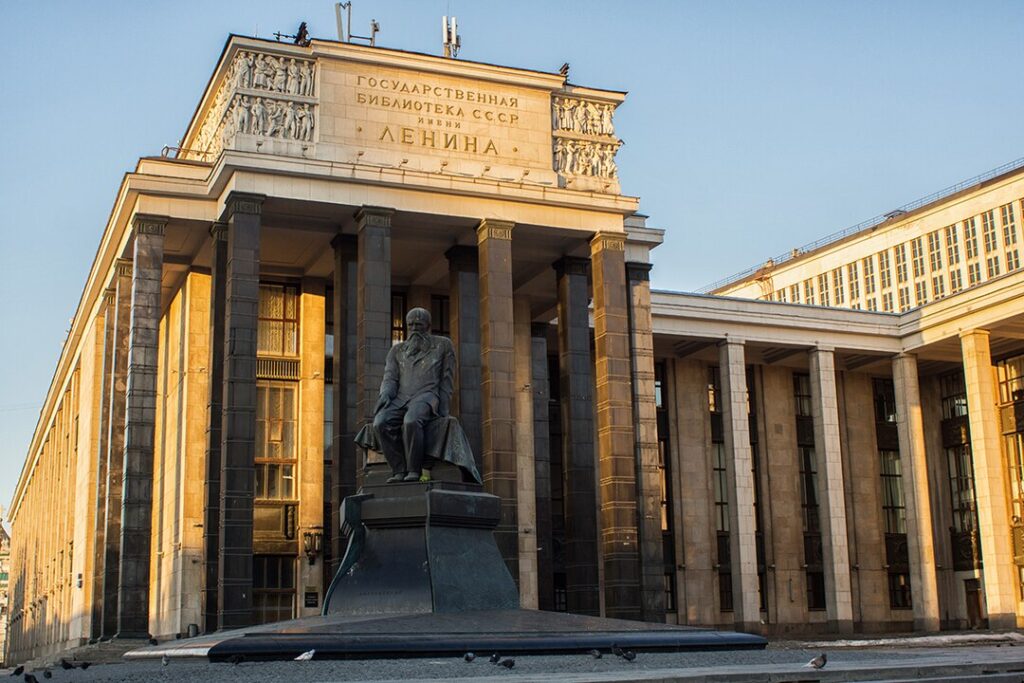
The Russian State Library, founded in 1862, holds the distinction of being the second-largest library in the world, with over 47 million items. Its vast collection includes manuscripts, maps, and rare books from around the world, making it a significant hub for researchers. The library is also home to one of the most comprehensive archives of Slavic literature and history.
The Peabody Library – “The Cathedral of Books”
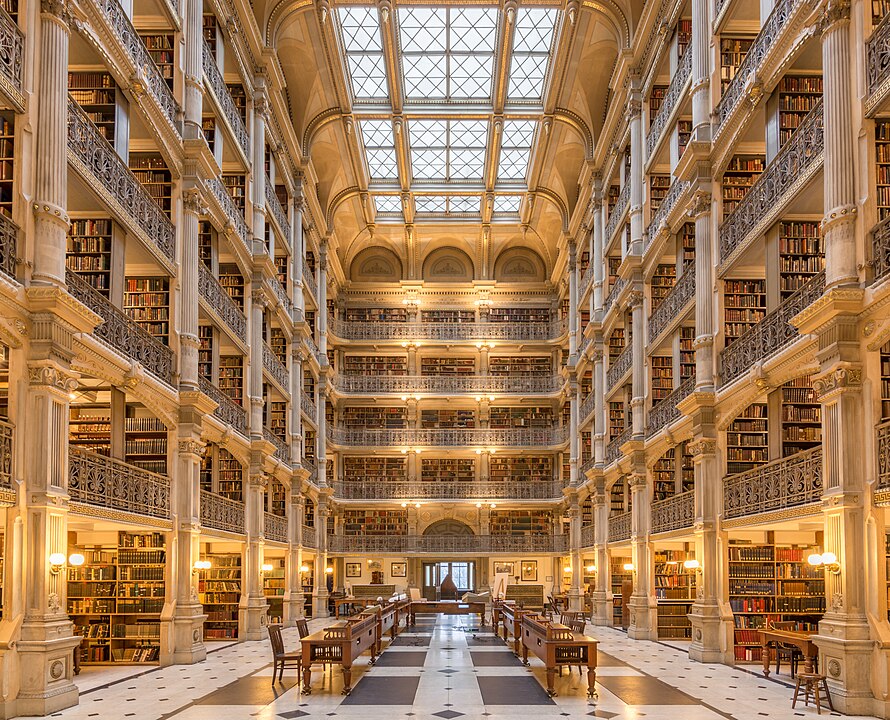
The Peabody Library in Baltimore, founded in 1860, is often called the “Cathedral of Books” because of its breathtaking interior design. Its massive collection of 19th-century literature, spanning the sciences, history, and art, is housed in a grand, multi-tiered atrium. The library’s elegant, towering shelves and ornate architecture make it a surprising gem of American libraries.
The John Rylands Library – Gothic Revival Masterpiece
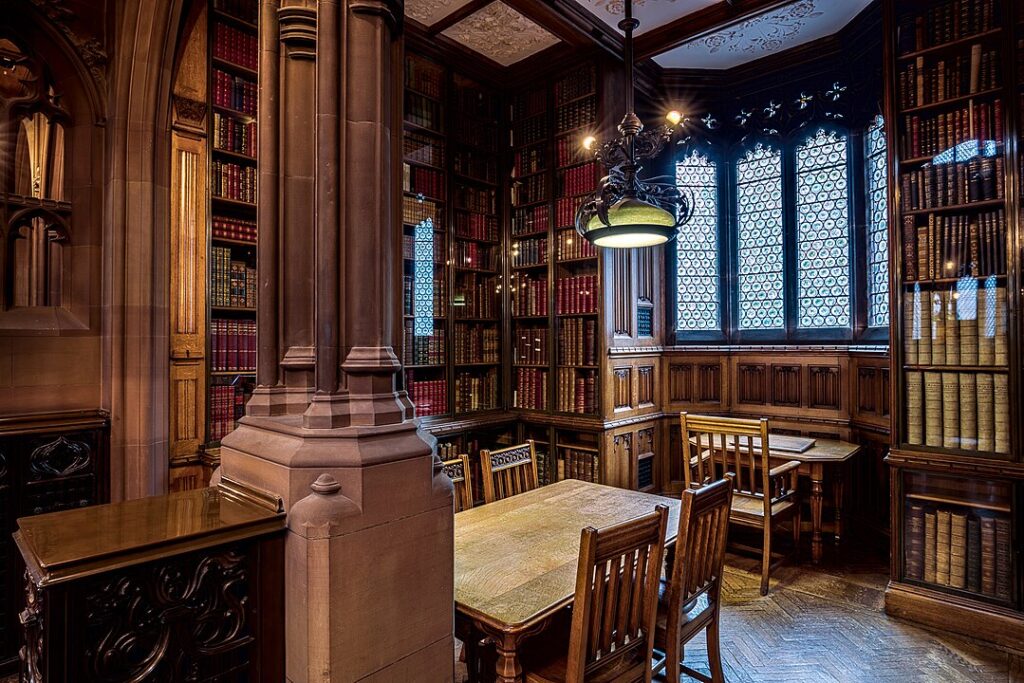
Opened in 1900 in Manchester, the John Rylands Library is a stunning example of Gothic Revival architecture. Its collection includes one of the most important archives of biblical manuscripts, including the oldest known fragment of the New Testament, the Rylands Library Papyrus P52. Its architectural grandeur and rare collection of texts make it a must-visit for scholars and architecture enthusiasts alike.
This article originally appeared on UniyCosmos.
More from UnifyCosmos
16 Makeup Techniques to Enhance Your Natural Features

Here are some makeup tips to help you highlight your best features in a way that feels natural and true to you. Read more!
15 Ways to Perfect the Art of Layering in Any Season

Perfecting the art of layering can transform your wardrobe, allowing you to adapt effortlessly to changing weather. With these tips, you’ll master layering like a pro, ensuring your outfits are both functional and fashionable all year round. Read more!
19 Pro Tips for Transitioning Your Wardrobe Between Seasons

These 19 expert tips will help you make the most of your wardrobe and stay stylish, no matter the weather. Read more!
Leave a Reply